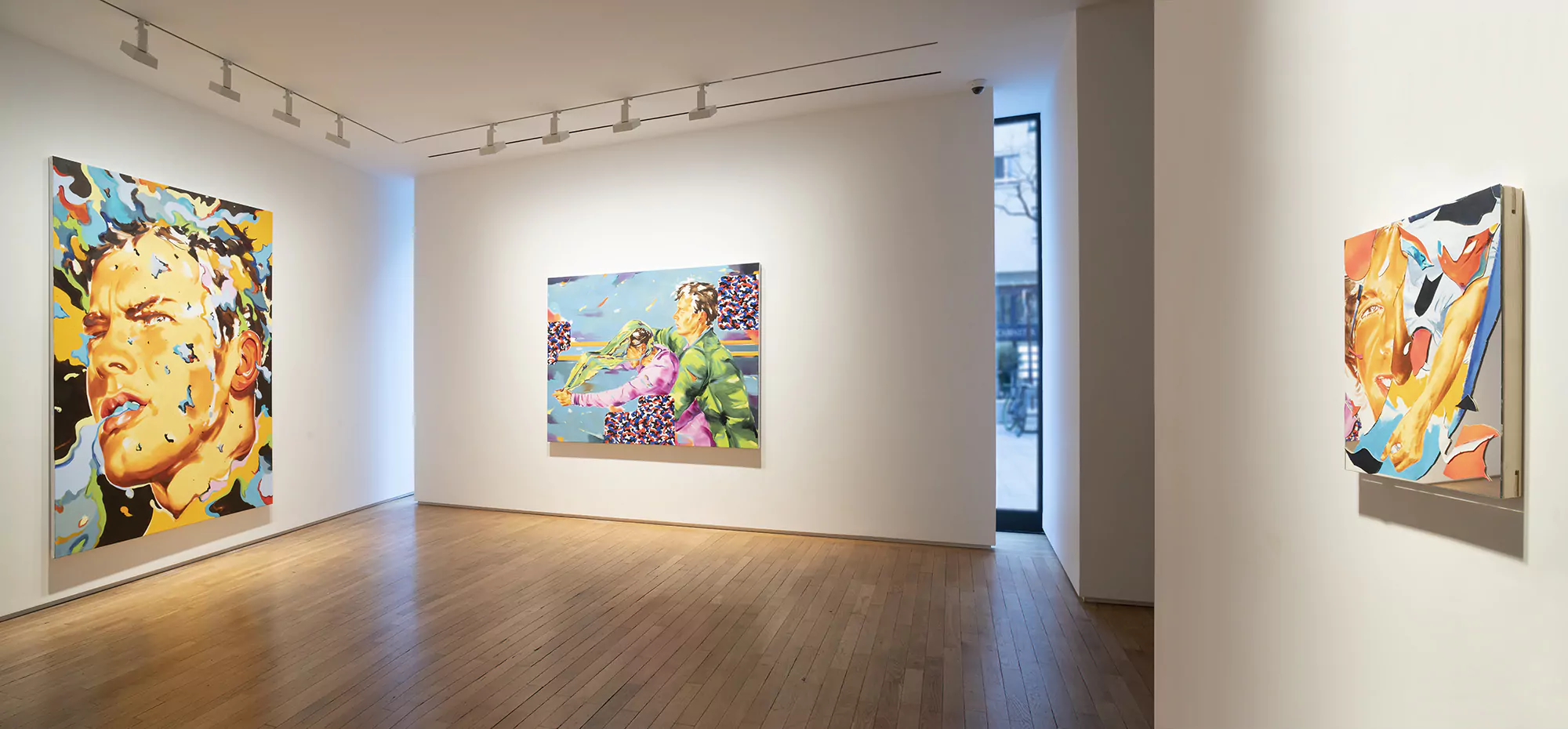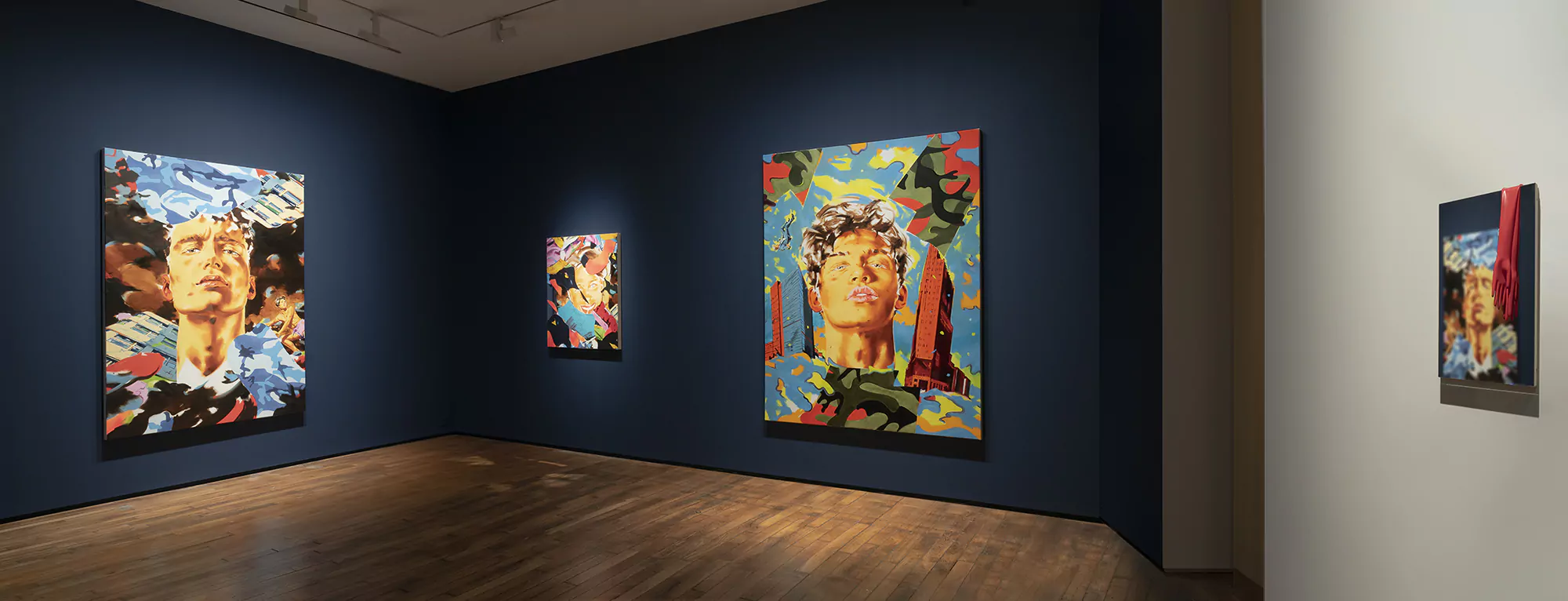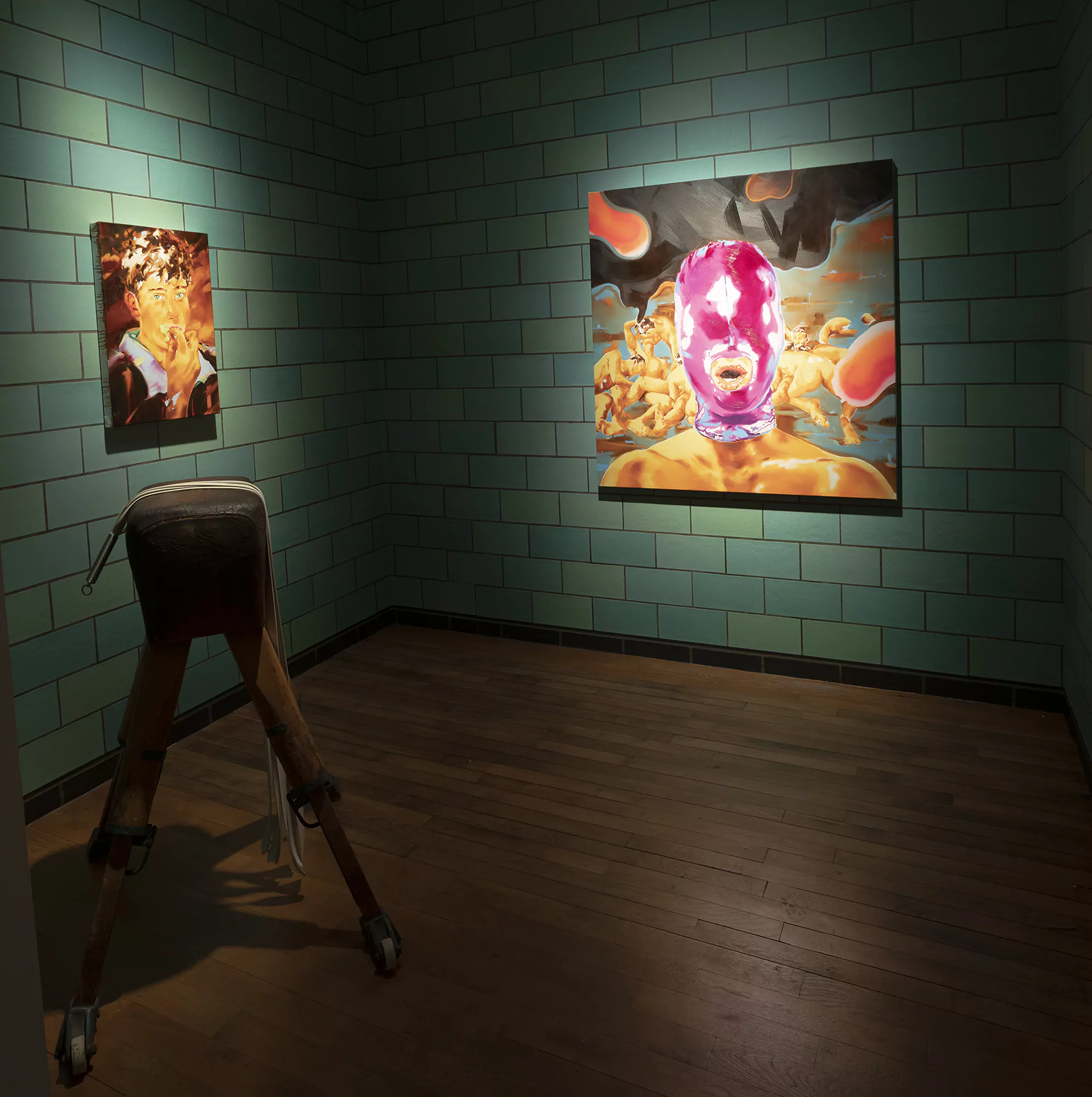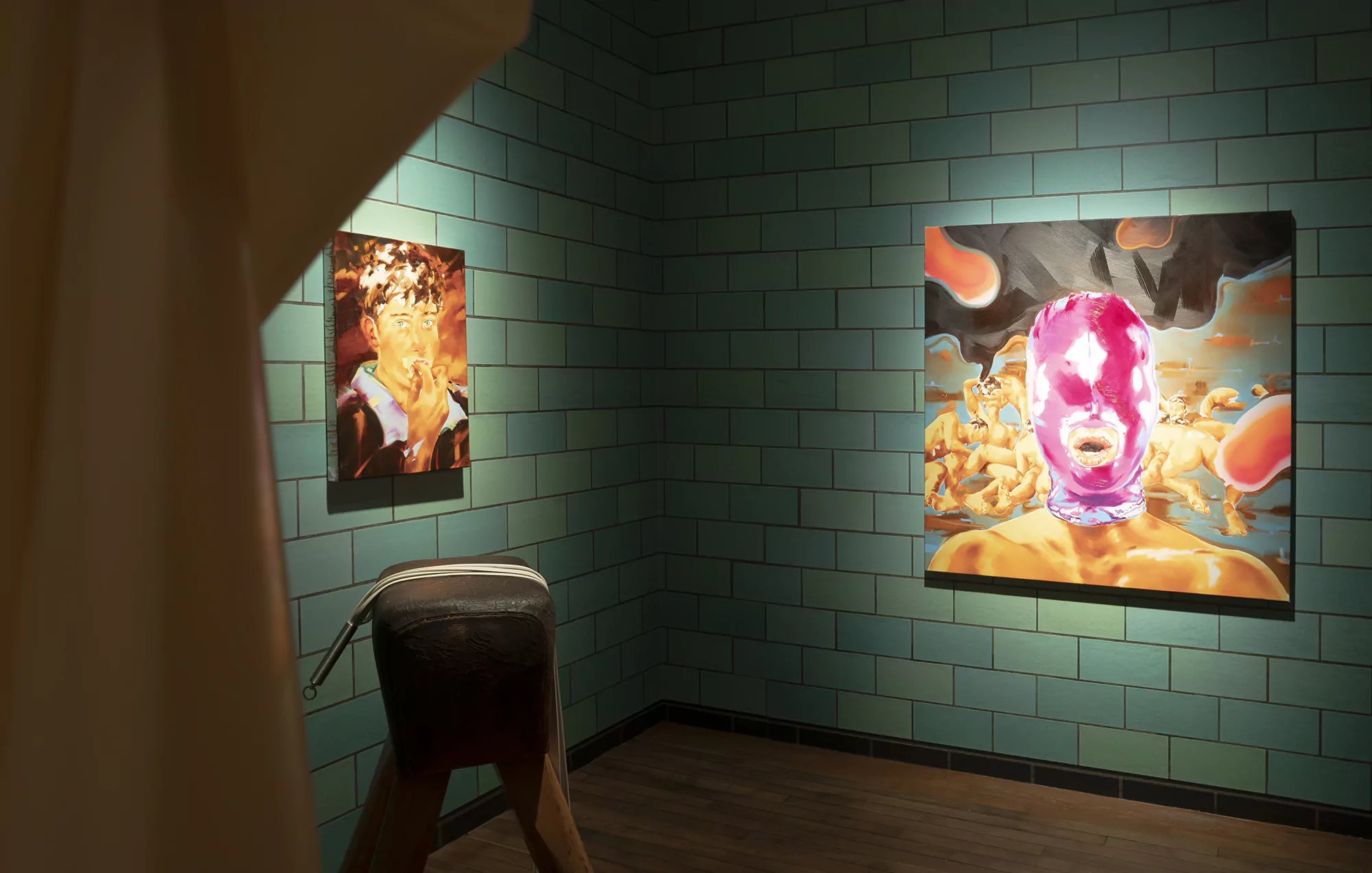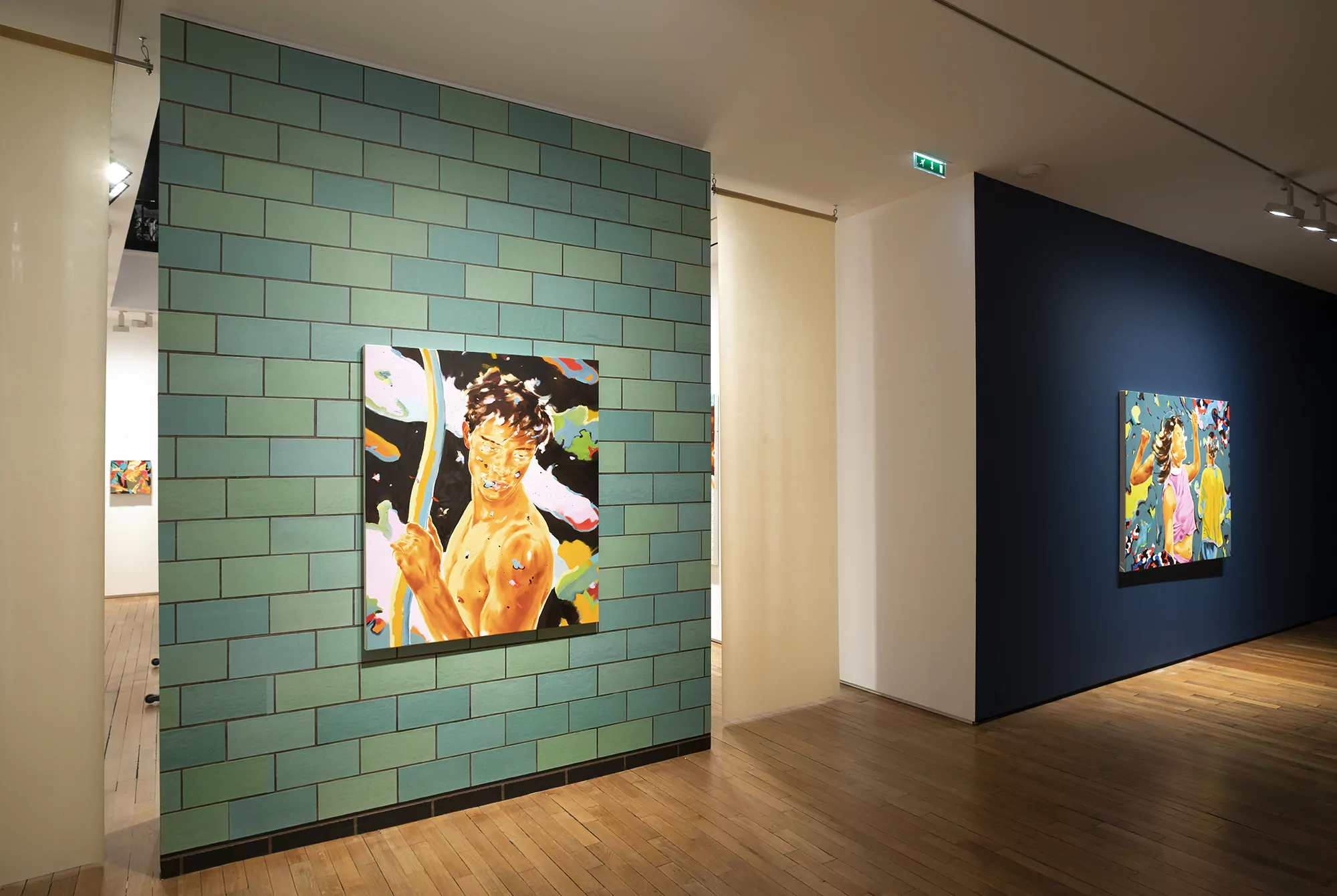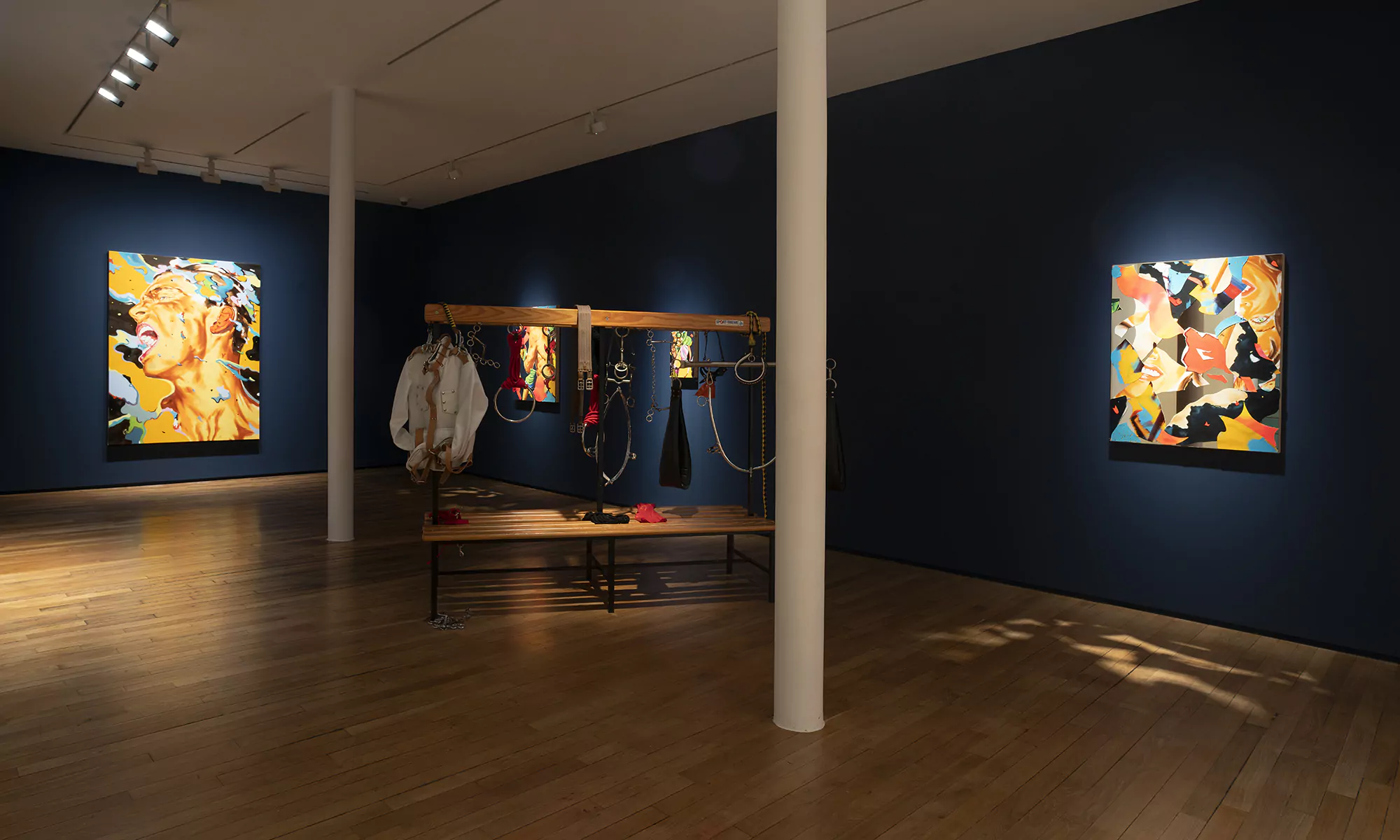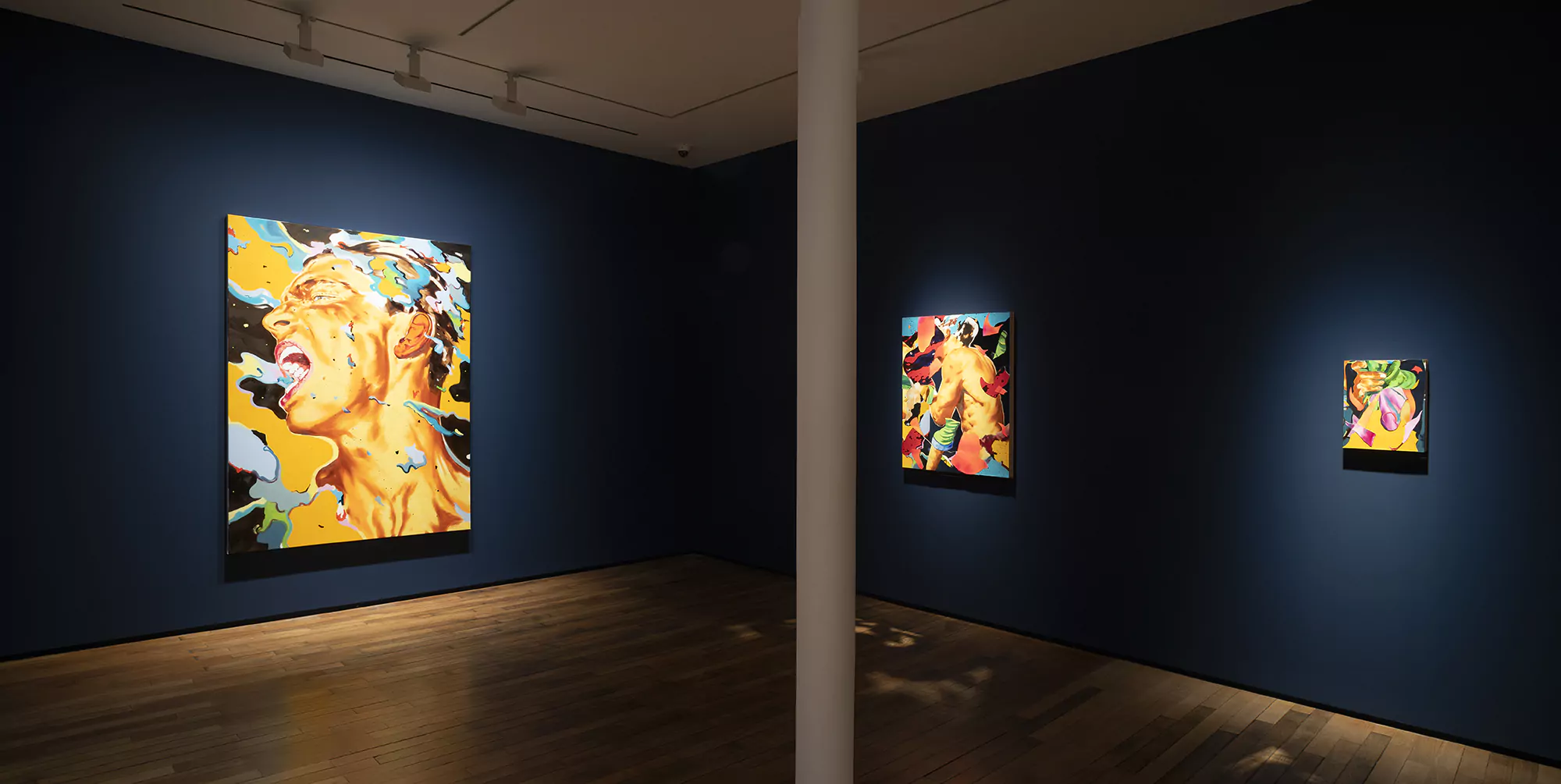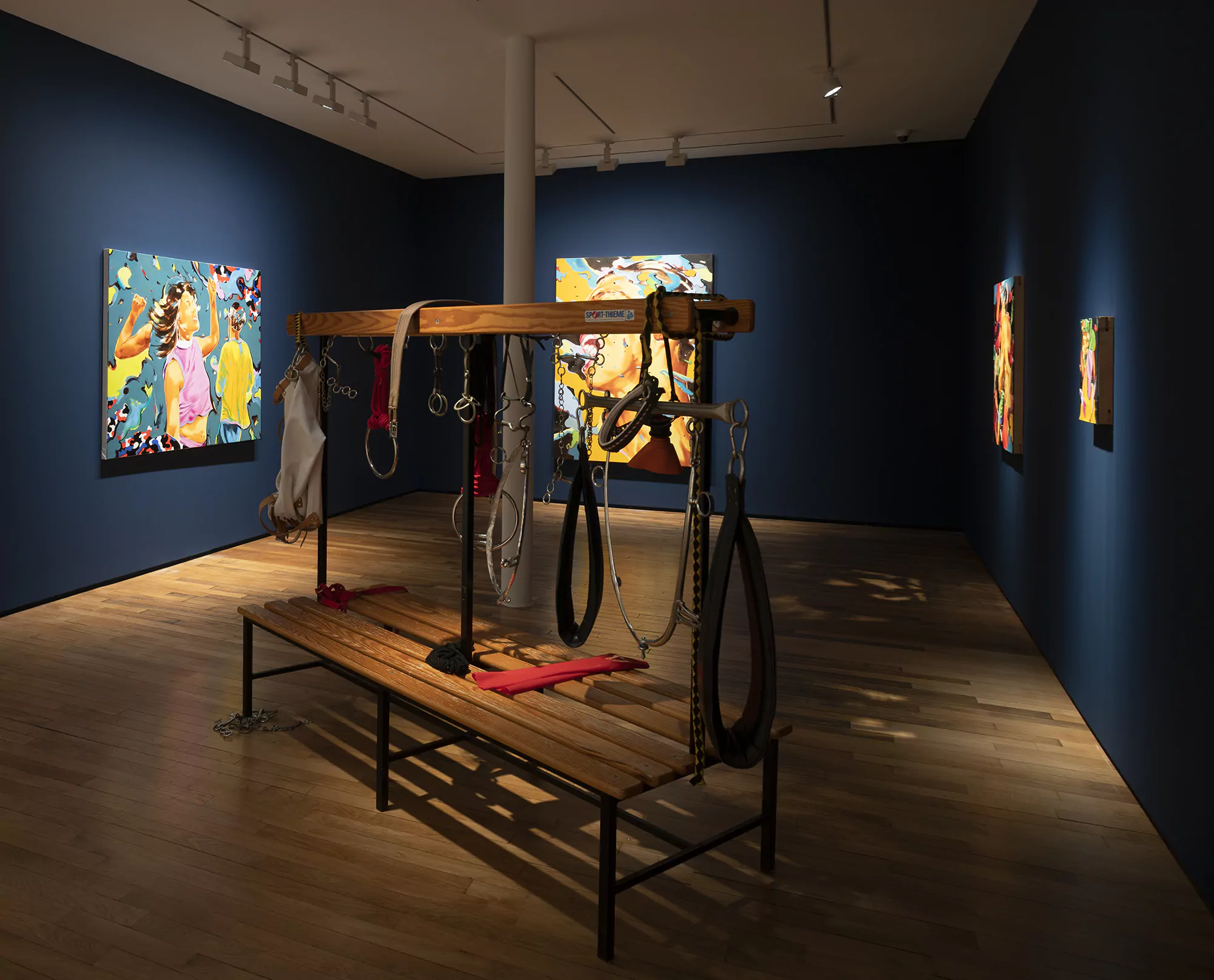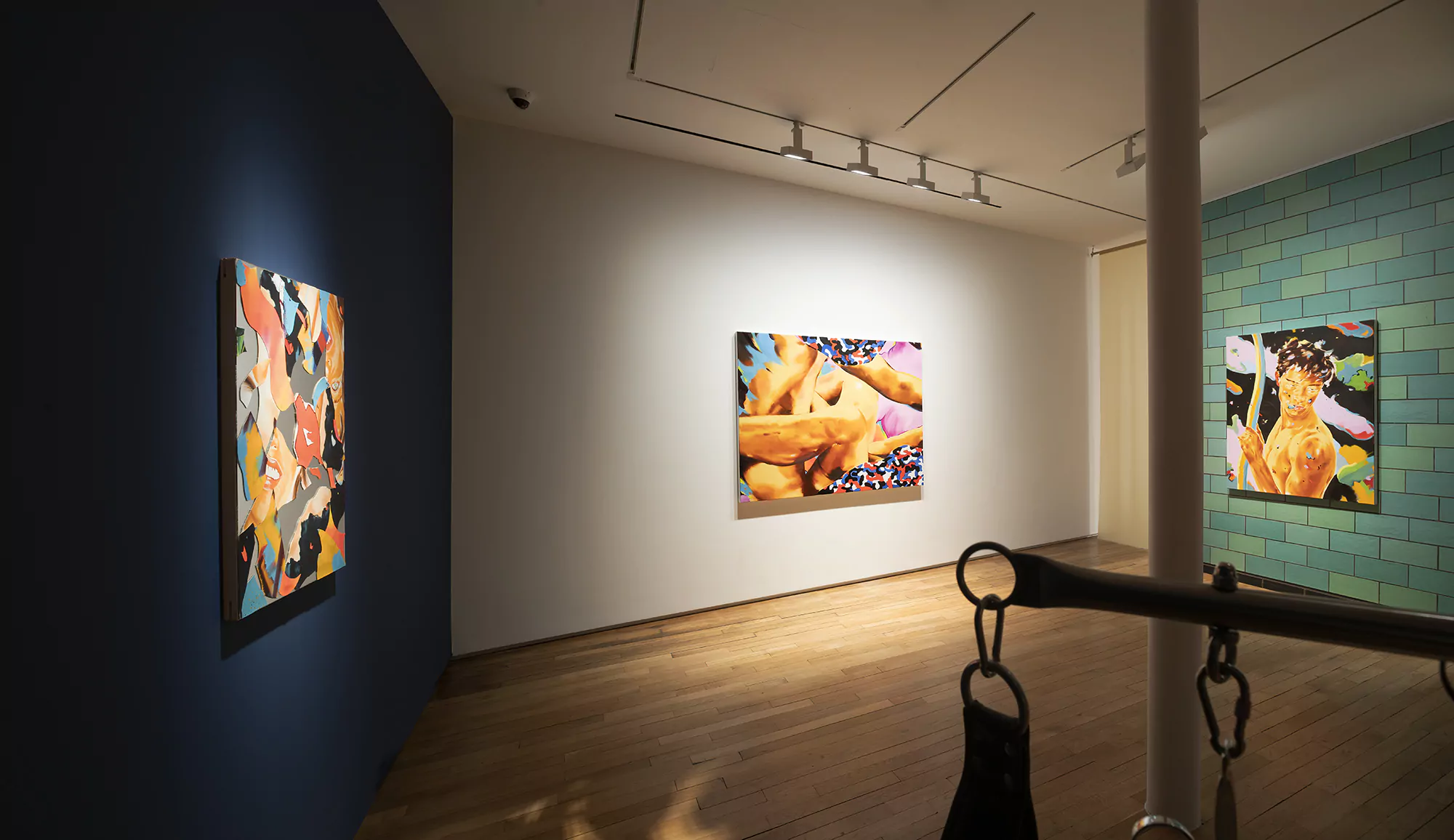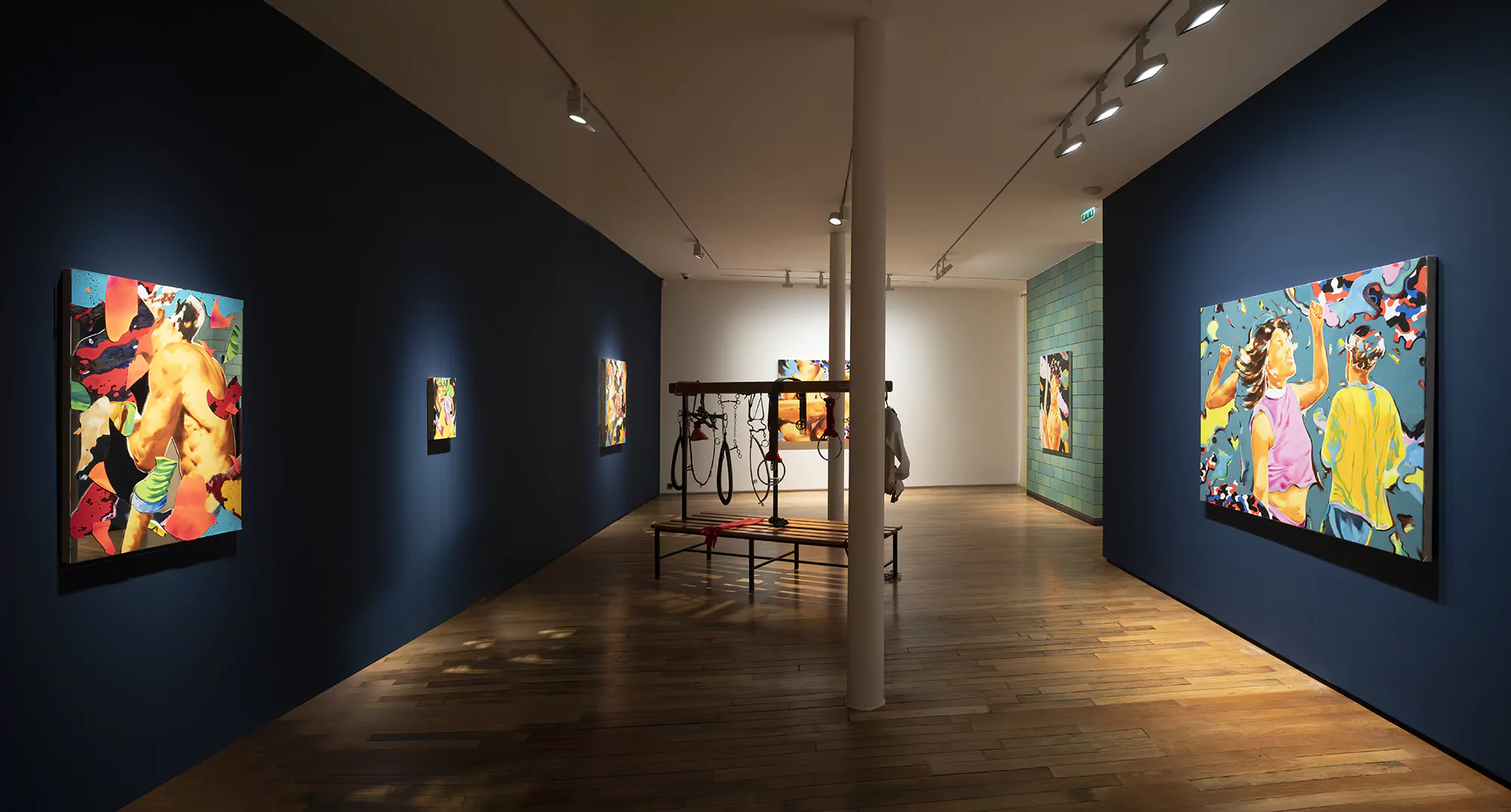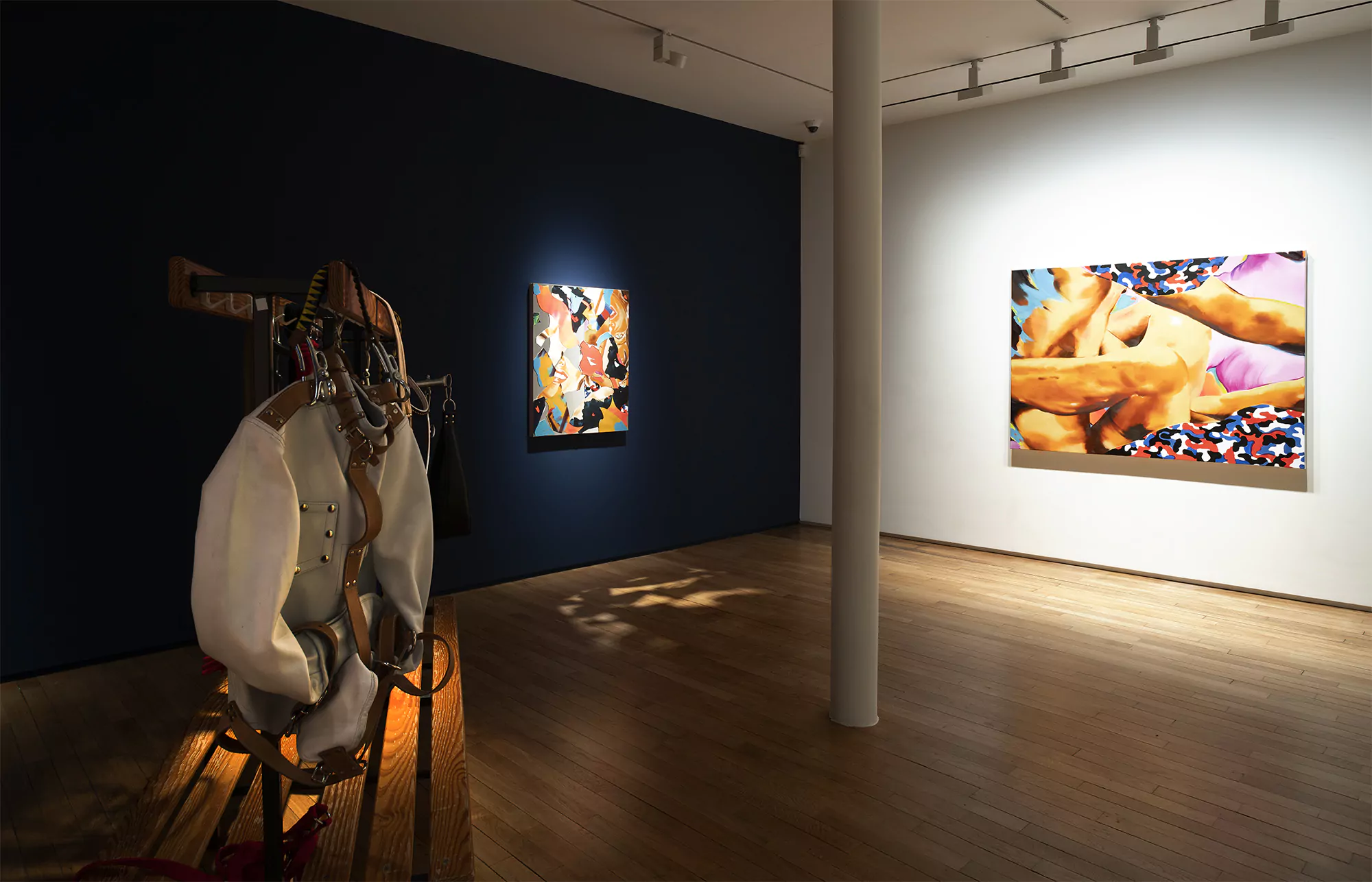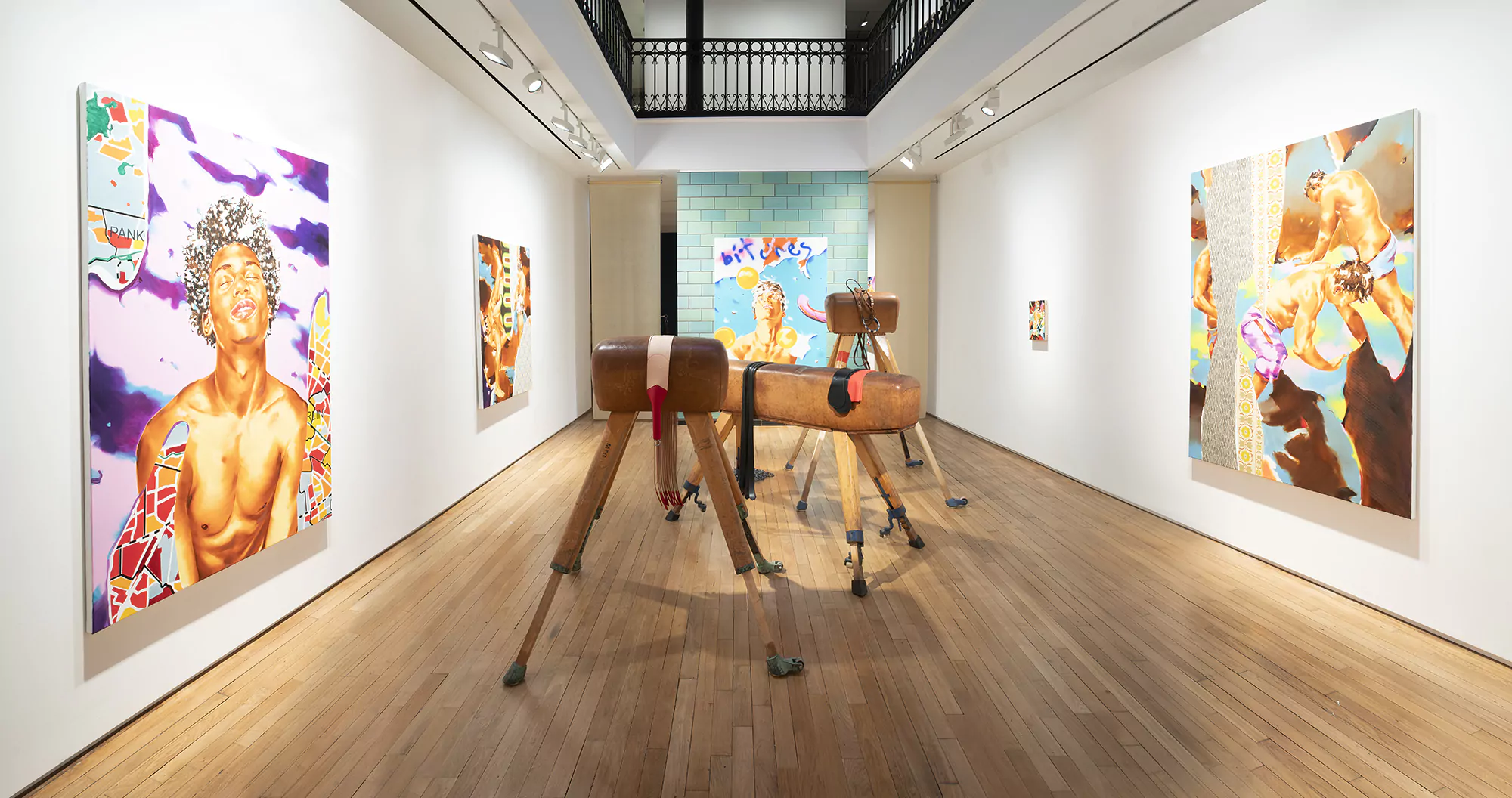
Norbert Bisky
Desmadre Berlin
On his first return to Paris since 2014, German painter Norbert Bisky plunges us into the heart of his native capital city: the wild Desmadre Berlin of the inter-war period, a world of hedonism and anarchy whose traces are still to be found on the capital’s walls today.
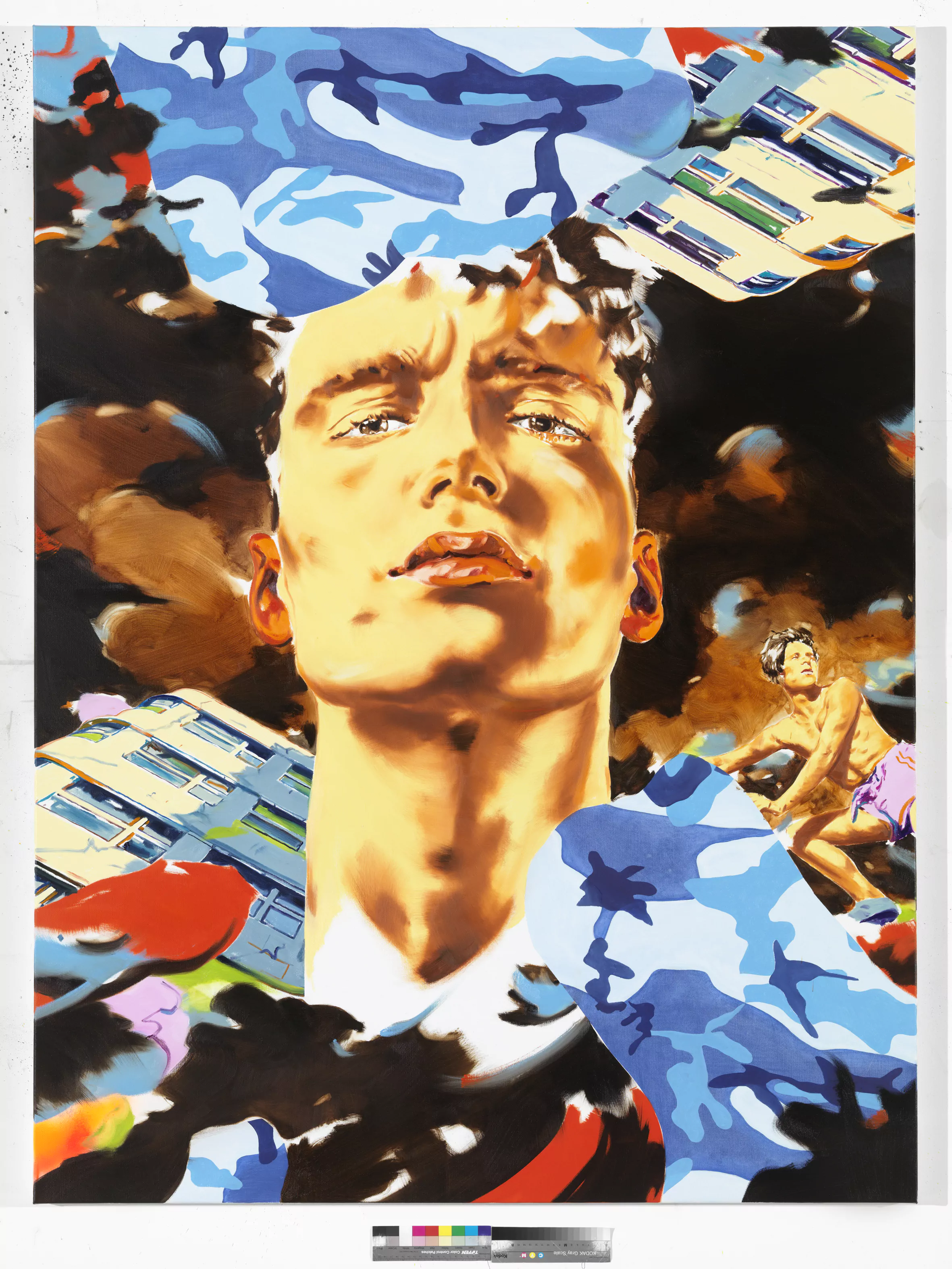
In this new series, Bisky has chosen to swap the pastel blue of his skies for darker hues and the luminous smiles of his models for more serious expressions. His baroque scenes feature bronzed models who bring to mind the communist propaganda which marked the artist’s youth in GDR. Alongside them are the night birds, hipsters and outsiders who populate the streets of Berlin Friedrichshain every evening, drifting among the post-industrial facades that characterise the district, a favourite haunt of the city’s denizens of the night.
Channelling the artist’s traumas and obsessive questioning of the uncertainties of our era, Desmadre Berlin offers an exploration of 1920s Germany during the Weimar Republic. An extraordinary moment in Germany’s political history, the period bubbled over with cultural and scientific innovations and shifts in social norms, eventually leading to disaster. This is the volcanic Berlin we see in Bisky’s disjointed universe. He depicts a dual-faceted world, both joyful and gloomy, pleasure-seeking and dystopian. His examination of the lost illusions of German youth fuses with the apocalyptic visions of a new generation undergoing their own identity crisis.
The artist
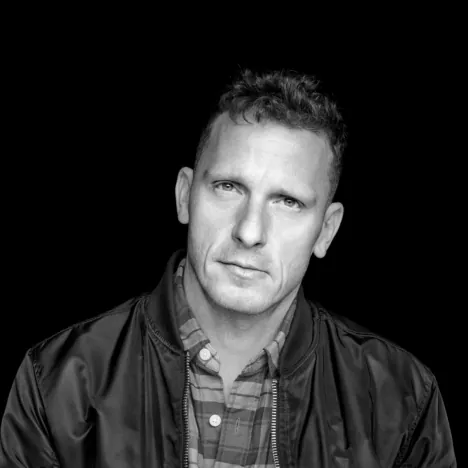
Norbert Bisky was born in 1970 in Leipzig, Germany. His treatment of landscapes and exploration of the portrait and narrative structure place him firmly in the tradition of great European painting. But Norbert Bisky's experiments with breaking down forms and with blocks of colour also place him on the borderline of abstract art. His figurative style of painting, conjuring up the socialist realism he experienced as a child in GDR, suggests both hedonism and chaos in its contemporary form.

